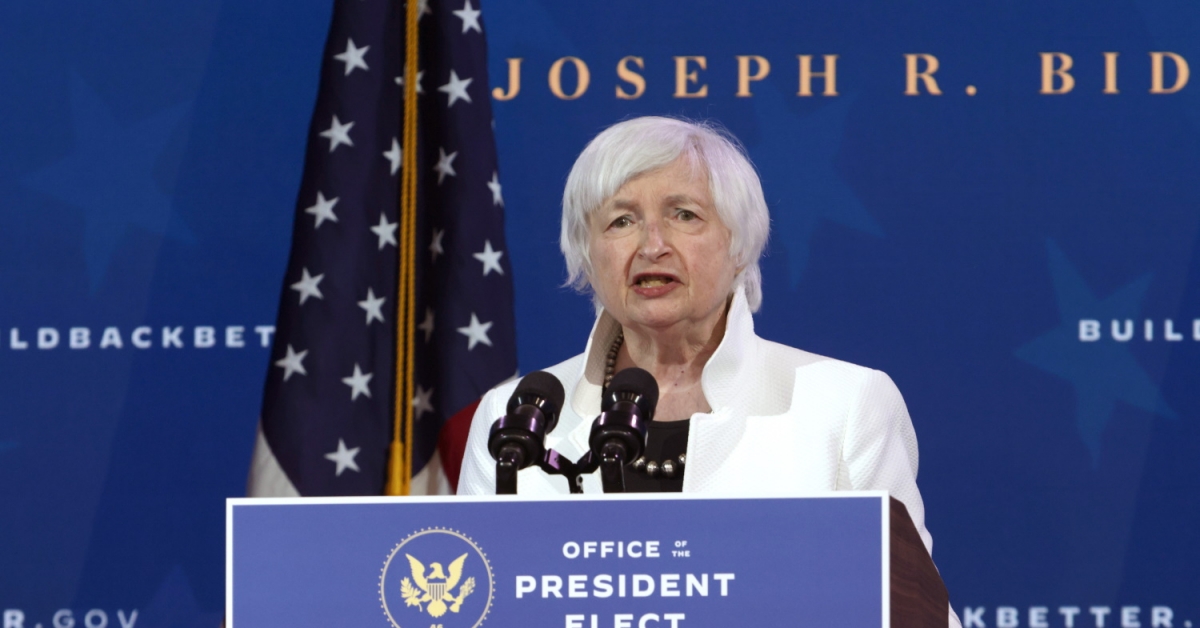Bitcoin’s Price Is a Poor Proxy for Its Utility
Bitcoin’s Price Is a Poor Proxy for Its Utility
I have looked on with interest over the past two months as bitcoin has climbed to approach its previous all-time high. That old high-water mark occurred in the midst of hysteria. The price action of the time, three years ago, can only be described as mania. It was, to use the Gartner Hype Cycle language, the “Peak of Inflated Expectations.” In financial terms, it was a bubble.
This rally is different. This time has not been marked by a wild influx of speculative investors. We have not seen the long-tail of tokens pump to dizzying and inexplicable heights. Google Trends show searches for bitcoin have been hovering below 20% of the peak popularity the search achieved three years ago. This rally has been quiet, focused, and therefore particularly striking in its magnitude. Have we reached the “Slope of Enlightenment” part of the cycle? Or perhaps the “Plateau of Productivity?”
Jill Carlson, a CoinDesk columnist, is co-founder of the Open Money Initiative, a non-profit research organization working to guarantee the right to a free and open financial system. She is also an investor in early-stage startups with Slow Ventures.
There is a tendency amongst those of us who work in cryptocurrency to associate the Hype Cycle chart with bitcoin’s price graph. Gartner’s Hype Cycle, however, is not about price. It is about maturity and adoption of new products: whether and how emerging technologies are solving real problems. Just because the price is appreciating does not mean crypto is providing utility to people. And just because, this time, the price appreciation is not accompanied by hype does not mean it is founded on real substance.
With bitcoin’s silent, steady advancement towards $20,000, it is tempting to believe we have made it, that crypto is now the foregone conclusion that so many of us have expected it to be for years. It feels like, after years of seemingly Sisyphean toil, the industry is bringing its purpose to bear. But if we are to say that we have “made it,” we must first answer the question: where are we going? What is the goal?
“We are going to the moon!” echoes the refrain of bitcoiners. It is telling that the closest thing we can get to naming a common goal has only to do with price. Price, though, is not an end unto itself and speculation is not a use case.

Blind men
Beyond price appreciation the industry agrees on very little. Crypto has always reminded me of the parable of the blind men and the elephant. Several blind men come upon an elephant and as each touches a different part of the animal – the trunk, the legs, the tail, the side – he believes it to be something different – a hose, a tree, a rope, a wall. So it is with cryptocurrencies and blockchain technology.
These products promise something different to everyone who encounters them. To some, crypto is about scarcity: a form of digital gold. To others, crypto is about openness: the ability for anyone to build on and contribute to and use these products without permission. For others still, it’s censorship resistance. Privacy. Micropayments. Global, cross-border assets. All of us blind men are holding onto a separate feature of the technology and insisting it represents something different.
Crypto prices may be a little ahead of real use and adoption right now, but the industry is working towards rapidly catching up.
Until we have more agreement on what it is we have in front of us, it will be very difficult for the industry to have a common goal besides the moon. Will we agree that we have made it when bitcoin eclipses gold? Or when it becomes perfectly correlated with gold? When every remittance corridor runs on crypto rails? When every web app we use runs on decentralized infrastructure? Will we have made it when fiat money is eradicated? Or when central bank digital currencies have taken over? When the institutions come into bitcoin? Or when the institutions are defunct? With questions like these outstanding, it is little wonder that the only goal we can all agree on is that the price go higher.
While the price is appreciating right now, I do not believe we can credibly say that we have found our way up Gartner’s “Slope of Enlightenment.” Price is often a poor proxy for utility. Real use of cryptocurrency products and applications remains limited. Decentralized finance products have seen under 1 million unique users. Web3 technology remains in its infancy. Only about 2,500 merchants accept bitcoin in the United States. Adoption is trending the right direction, but it is still early.
Optimism
This may sound pessimistic, but I actually believe this is all cause for confidence. First, if we are all blind men clutching at an elephant, that is a strength of the space. It means that experimentation continues across a multitude of use cases. I believe that the diverse nature of the work happening across the industry means we are more likely to get it right and discover the technology’s killer applications. And if what you are worried about is price, then I think you should also take heart here. If bitcoin can sustain these prices now, even in its state of relative immaturity, then consider the heights it may achieve when crypto actually finds full product-market fit.
I am also optimistic about many of the products emerging that are focused on onboarding new users and driving actual participation and use as opposed to pure speculation. Companies like Fold and Lolli are doing this by using bitcoin as a reward for users. Products like Linen are pulling in mainstream users by offering them real utility in the form of high-interest dollar savings. Projects like RabbitHole are explicitly focused on teaching and incentivizing new users of protocols. Crypto prices may be a little ahead of real use and adoption right now, but the industry is working towards rapidly catching up.
Finally, there is one exception in all this. There is one area in which crypto adoption seems to have reached a reasonable level of maturity. I maintain that speculation is not a real use case. Holding, however, can offer utility. Bitcoin offers a hedge against inflation and uncertainty. This use case demands only a secure custody solution (and a viable regulatory and compliance framework). It is no wonder that this would become the first use of cryptocurrency to reach maturity. And it seems that this is happening. Corporates like Square and MicroStrategy buying up bitcoin are examples of this. Financiers like Paul Tudor Jones and long-time bull Abby Johnson are further proof points.
Bitcoin, as digital gold, leads the charge for crypto into widespread adoption. The other promises of cryptocurrency, meanwhile, have yet to mature and make their way into the mainstream. Prices will never be the best proxy, but they will remain in the spotlight.









